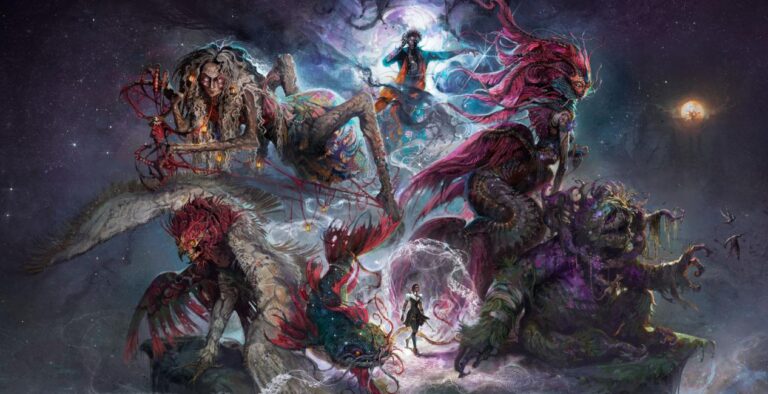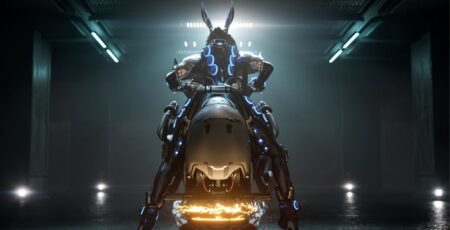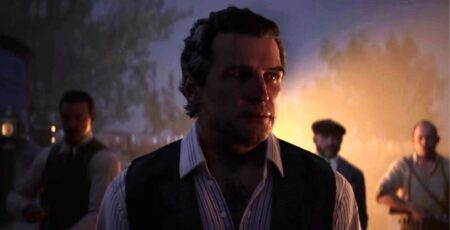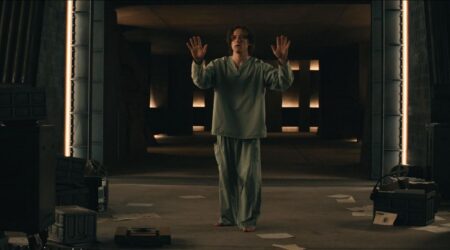The South is a magical place, and it has been for any number of communities that live here. From cryptids to folk religion and mythologies, South of Midnight dedicates its story to the stories and folklore of the region it brings to life. From Cajun bigfoot and werewolves with a Creole flair to Appalachian myths and more, the fairytales and magic in the game are deeply inspired by the region.
Here is the real Southern folklore that creates South of Midnight‘s beautiful cosmology. While this isn’t inclusive of every Southern reference in the game because there are a lot, from the toxic hurricane water to just the different dialects spoken, this is home. So here are the real Southern folklore tales that inspire South of Midnight.
Boo hag
Throughout South of Midnight, you see references to the Boo Hag on posters and notes. In Chapter 3, Rhubarb even calls Hazel a boo hag. Well, at least to the Gullah people from the Carolinas, Georgia, and Florida. A folktale like the others, the Boo Hag to the Gullah is a skinless, vampiric witch-like figure that steals the breath and energy of sleeping victims. The renderings we see in Hazel’s room are pretty spot on. The Boo Hag also appears in the comic book released with art and music set for South of Midnight.
Bottle tree
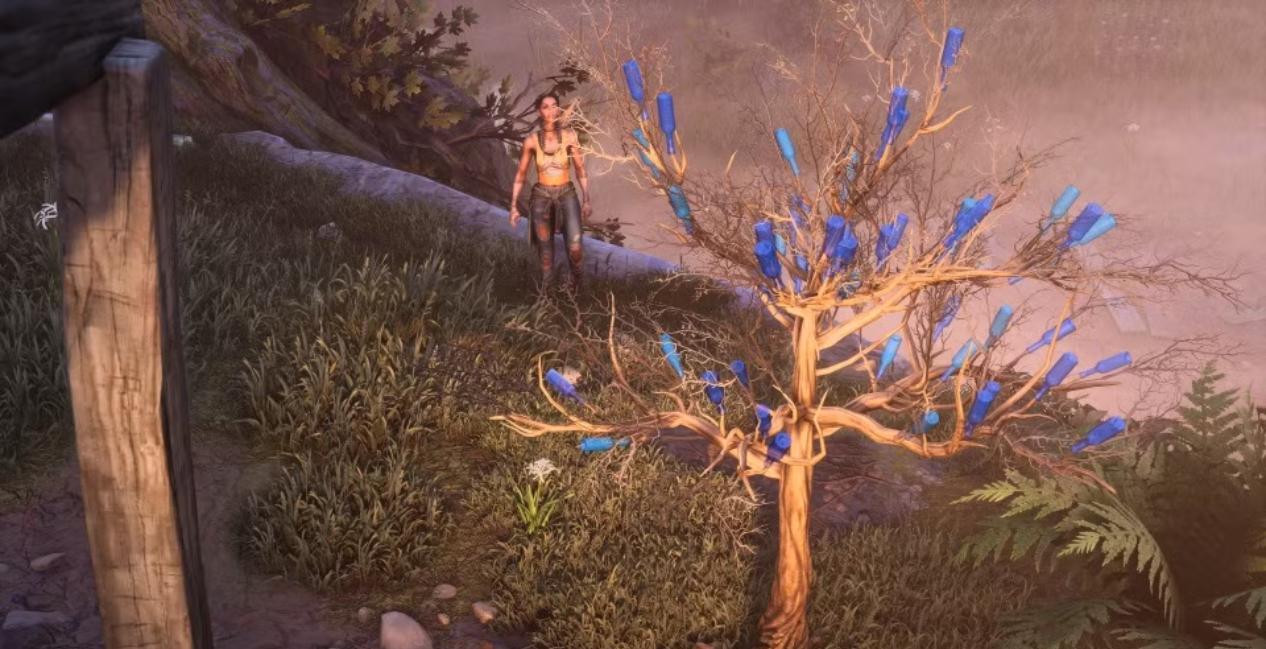
The Bottle Tree is central to South of Midnight. A core part of the game loop is filling a bottle with painful memories of the past and then adding it to the Bottle Tree. In the game, the Bottle Trees are landmarks that denote a chapter coming to a close and allow Hazel to begin unraveling the knots that the pain has caused.
Like much of Southern folklore, the Bottle Tree comes from the West African coast. That said, the more familiar Bottle Trees we recognize today and that are used in South of Midnight come from Creole culture, which led to their prominence from East Texas all the way to the coast in South Carolina.
Using crape-myrtle trees, people place bottles on the branches. The meaning is specific to every person performing the action, but they are used to protect the home and garden by catching evil spirits, which are attracted to the bright bottles, and once trapped, they’re destroyed by the morning sun.
Jolene

Okay, so Jolene isn’t folklore, per se, but she is the basis of a Dolly Parton song that will have an entire club, bar, or karaoke room singing once it comes on. In South of Midnight, the pastor Jolene isn’t the homewrecker that Dolly sings about, but rather, she’s a woman with flaming locks of auburn hair and eyes of emerald green. C’mon, I’m counting this one.
Fifolet
Referenced throughout South of Midnight, the fifolet refers to a Cajun and Houmas Indian legend of a bright, ghostly light in the swamps of Louisiana that is said to misdirect or disorient those who try to follow it. Given what floofs look like in the game, the fifolet seems to have inspired the design, and since they take you off the beaten path, it makes sense.
Translated as “fool’s fire,” some Southern folklore believe they are the souls of unbaptized children who are held on earth in spiritual limbo, unable to enter heaven without having received the sacrament of baptism. This is often because they’re thought to exhibit childlike or mischievous traits, such as playfully flying around passersby or causing people to become lost.
The Benjy Tree
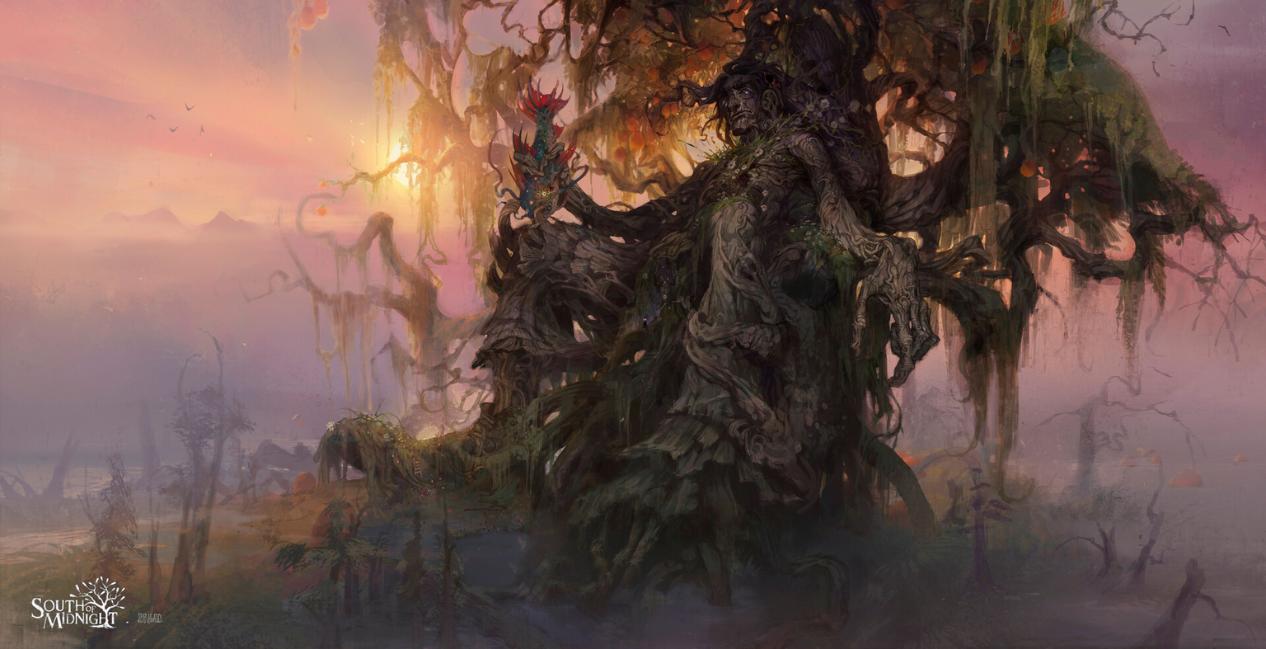
While the Benjy Tree doesn’t have one specific folkloric creature as its inspiration, it does represent Appalachian mythology. People turning into trees is a core concept in Appalachia, but the idea that powerful spirits inhabit trees is a common story. Perhaps linked to the Bottle Tree tradition, trees are homes to the spirits. It can be spirits of the dead or magical spirits akin to Irish faeries.
Catfish
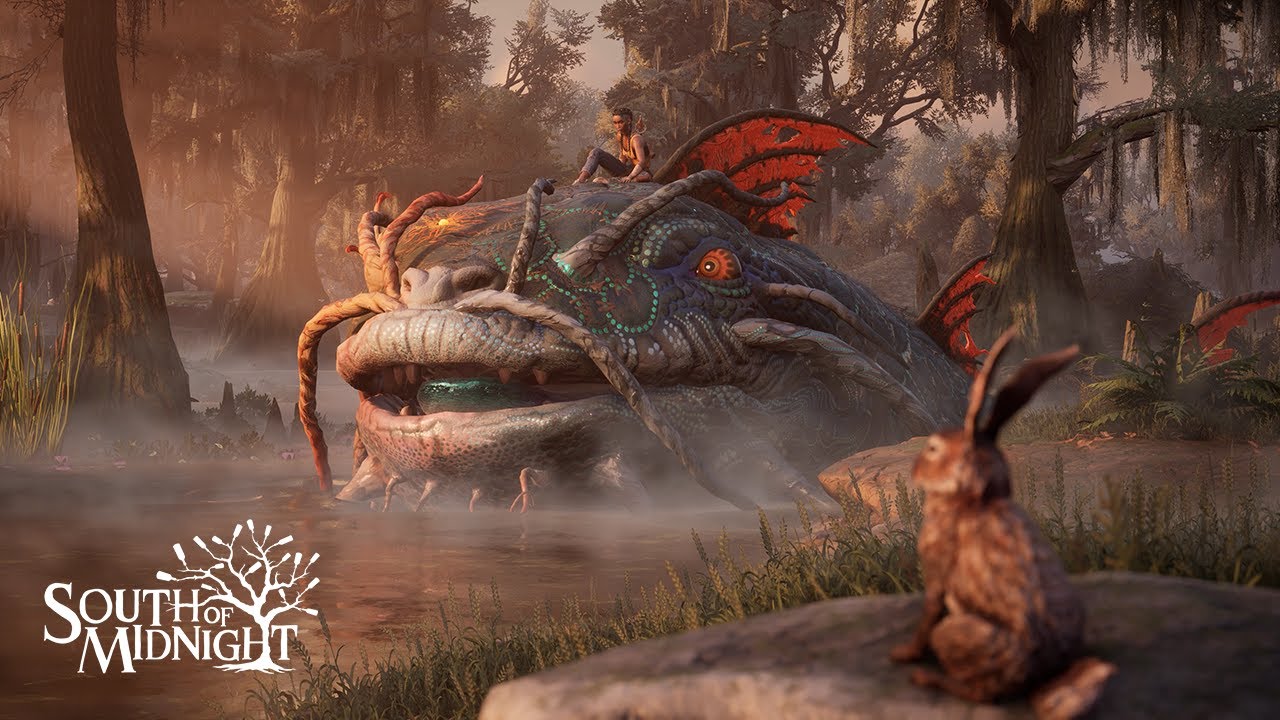
There are a lot of catfish in the South, and ultimately, the reports of their largeness are many, including one being caught at 800lbs. And that’s about it. They’re big, people love them, and in South of Midnight, a catfish is your guide.
Weaving
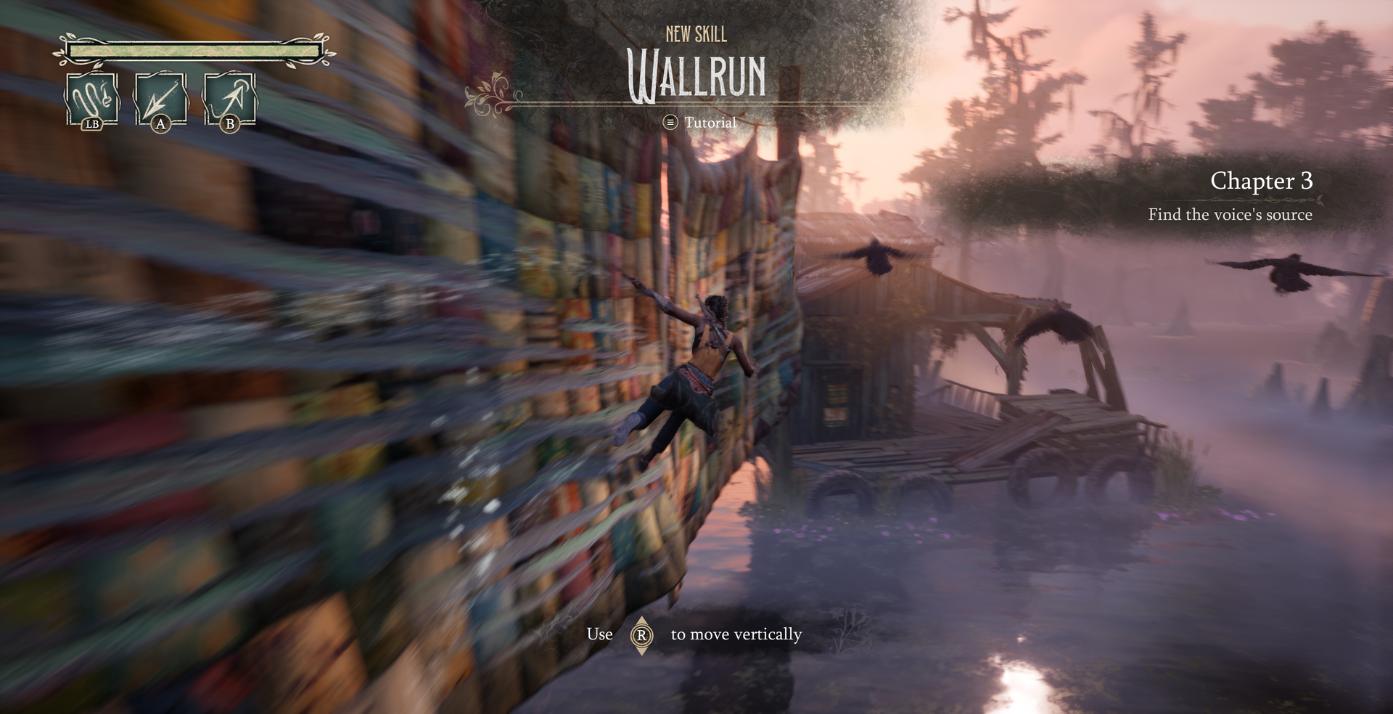
The South has a long history associated with quilting and basket weaving. In the central magic system in South of Midnight, Hazel is a Weaver tasked with connecting people and rescuing spirits to keep the Grand Tapestry intact. Multiple cultures in the South have long histories of quilting, the primary form of textile shown in the game both as decorations and platforming elements. With a deep connection to African textile practices, quilts have been used throughout the South to highlight family histories and traditions, especially through folk art.
However, quilting specifically has great significance in history. During the Civil War, quilts throughout the South were used to send coded messages to help slaves escape to freedom in the North. Additionally, in Alabama, the Gee’s Bend Quilts have become an aesthetic identifier for the region. The primary reason for this is that the women of Gee’s Bend held the Freedom Quilting Bee during the Civil Rights era. This was a way for Black women in the South to gain economic independence by selling their quilts, ultimately coming to define the style in the State.
Rougarou
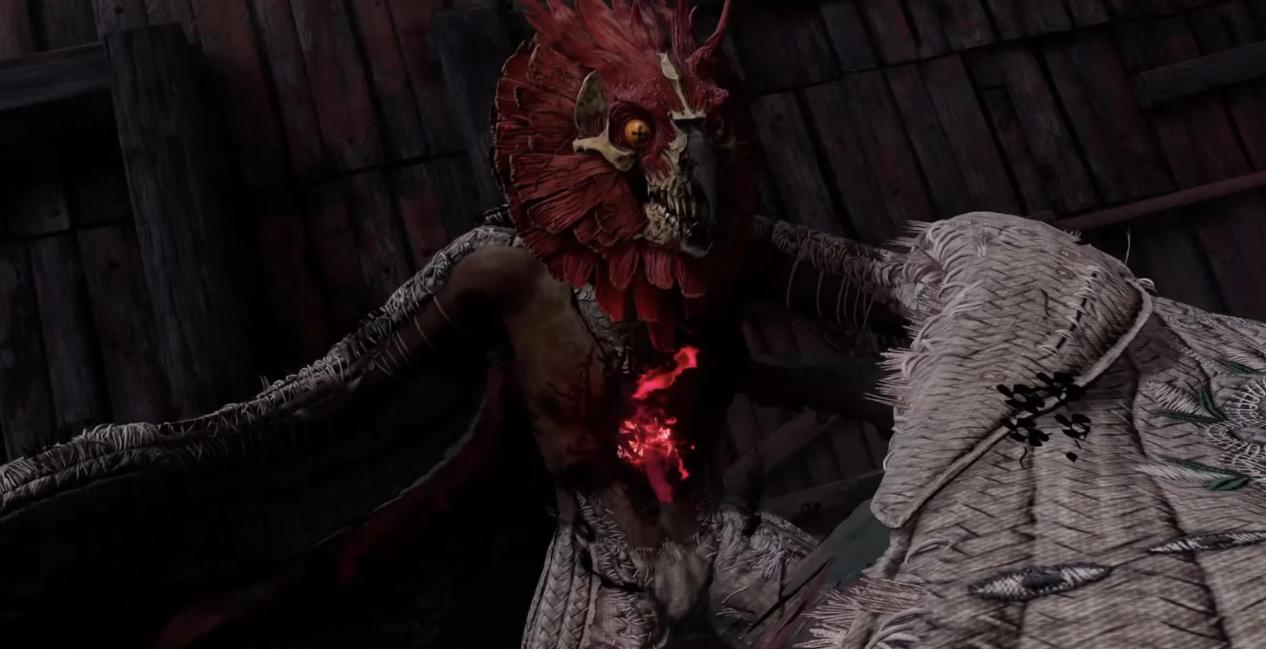
While South of Midnight takes the most liberty with this interpretation, the Rougarou shows that the team of Compulsion Games gave a deep look at the gulf region of the South. The Rougarou is a legendary creature in Cajun diaspora communities linked to traditional concepts of the werewolf. Rather than a typical villain, the rougarou’s state is normally the result of a curse from which the werewolf seeks to free itself by drawing blood from its impending victim.
Rooted in French Louisiana communities, the Rougarou is traditionally represented as a werewolf that prowls the swamps around Acadiana and Greater New Orleans. Used to scare children (and Catholics, apparently), South of Midnight adapts the bayou tale into a large owl-like creature that Hazel encounters on her journey.
Huggin’ Molly

Focusing on Alabama, Huggin’ Molly is akin to Latin American stories of La Llorona. Originating in Abbeville, AL, Huggin’ Molly is a folktale used to scare children. Like many folktales, this one has changed based on which parent is telling the tall tale. But the one consistent thing is that Huggin’ Molly doesn’t hurt the children.
Huggin’ Molly is a spectre of a woman who appears to children at night. But unlike La Llorona stealing the children away to replace her own, Huggin’ Molly well, hugs them. She squeezes the children tightly and then screams in their ears. At 7 feet tall, she wears dark clothing and a wide church hat. In some versions, she’s a grieving mother who lost a child and hugs local children to help her pain. The one that drew Molly as a real person was that she was a professor at the former Southeast Alabama Agriculture School who was trying to keep students safe by keeping them off the streets at night.
To this point, South of Midnight adapts the Alabama legend, although she’s far beyond just 7 feet tall. But she is focused on taking children. Her intentions? Well, you’ll have to play to see.
Two-Toed Tom
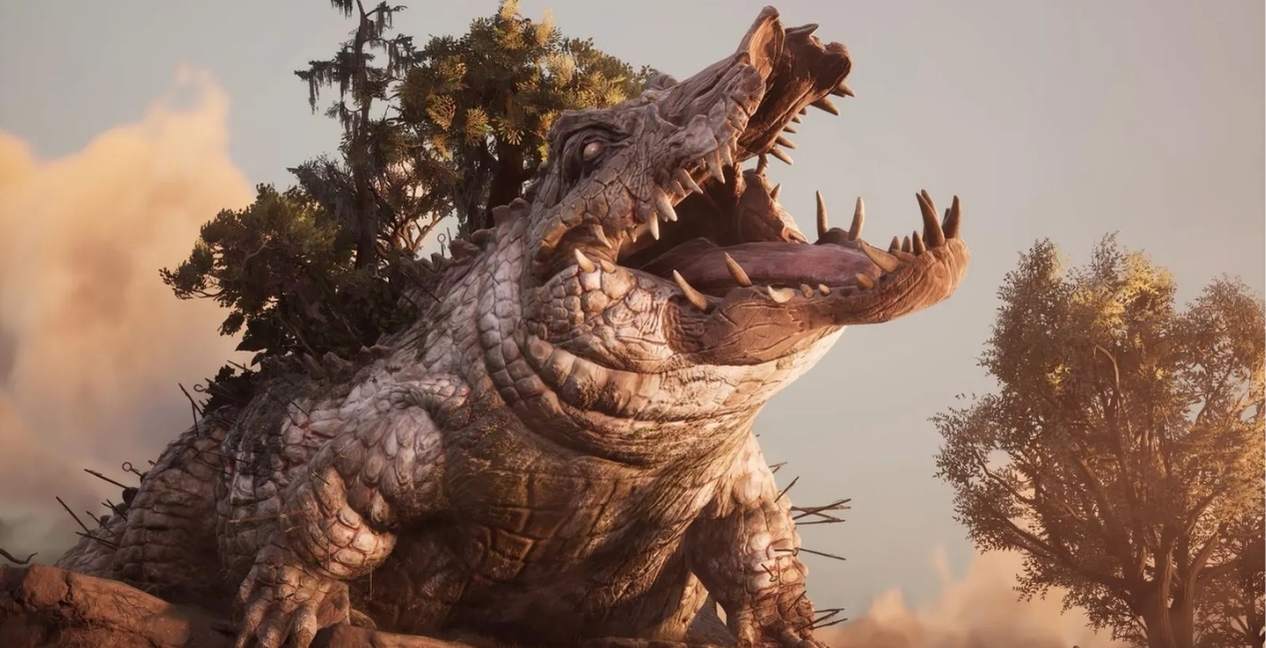
Two-Toed Tom is a legendary alligator who terrorized swamp residents in Florida and Alabama, eating cattle up and down the coast. The story goes that at one point, Tom was caught in a steel trap and lost two of his toes.
Referred to as Two-toe or Red-eye, he’s appeared since the 1920s and is legendary for just not dying. With multiple attempts on his life, Tom evades every enemy, snacking on cattle whether a sharpshooter takes him on or someone tries to get him to eat a bucket of dynamite. The Two-Toed Tom in South of Midnight is just as resilient and also has a penchant for livestock. Only it’s a church bell that gets him going.
Honey Island Swamp Monster

Another Cajun cryptid like the Rougarou, the Honey Island Swamp Monster appears in South of Midnight as one of its kindest mythical creatures, Honey. In this section of the game, Honey lives in a magical swamp that Hazel navigates.
The Honey Island Swamp Monster is described as a large, bipedal, humanoid, about 7 feet tall, covered with gray hair, having yellow or red eyes, and accompanied by a putrid odor. He’s also known as the Cajun Sasquatch and La Bête Noire. A core character in Louisiana folklore, sightings of the Swamp Monster come from St. Tammany Parish, Louisiana.
Kooshma
Kooshma is a folktale that runs through the South and is rooted in West African religion. Most commonly showing up in Creole communities, experiencing Kooshma (or cauchemar in Creole) is when a spiritual presence in their sleep visits a person. In Acadiana, Kooshma is one way to describe what we now know as sleep paralysis.
For Creoles, Kooshma is generally considered a malevolent spirit, often portrayed as a female who holds one down while you sleep. Kooshma traditionally overlaps with Catholicism in that it is presumed to be a punishment for sins.
In South of Midnight, Kooshma is the god of dreams and nightmares. In Chapter 13, you meet Kooshma in a New Orleans-inspired environment, representative of the architecture you’d find in the French Quarter. In the game, the spirits in this area are yearning for something, and often, as Hazel learns by reading different entries of pain that Roux writes down, they’ve done something wrong.
Altamaha-ha
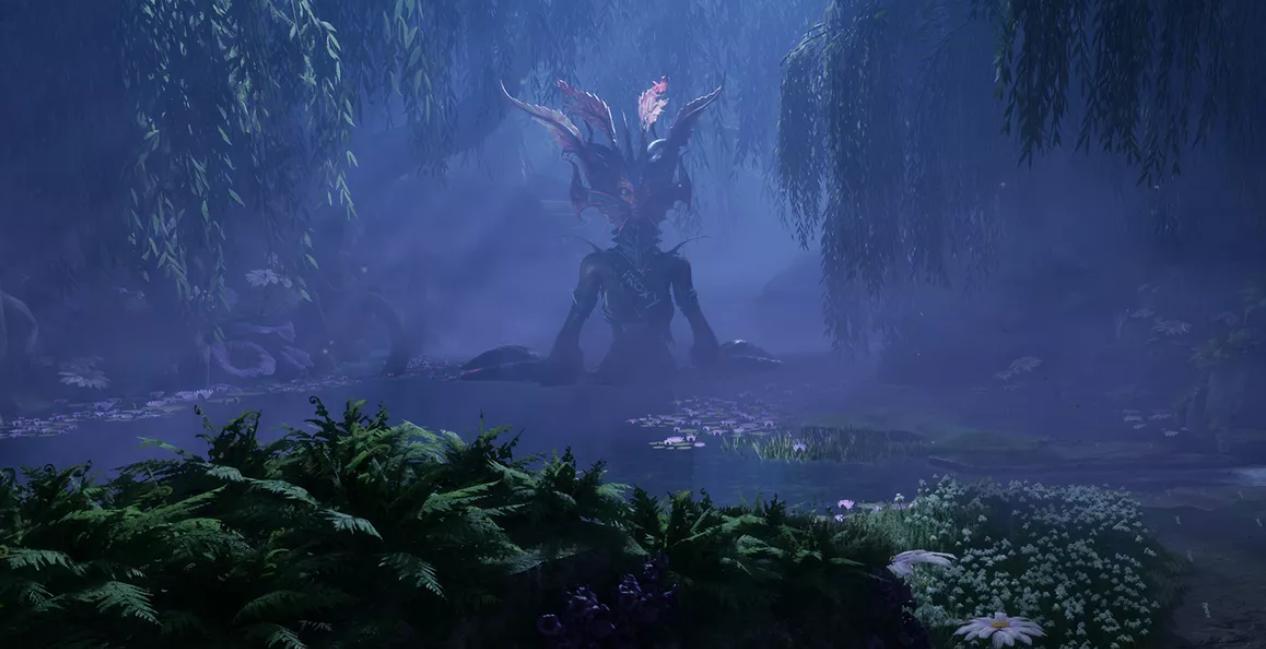
Along with Honey, South of Midnight also brings Altamaha-ha alive in the magical swamp toward the game’s end. This cryptid lives in the Altamaha River, where most of its sightings have taken place, Darien and Butler Island, Georgia. The sea cryptid is core to coastal Georgia’s folklore.
Outside of the scale of Altamaha-ha, South of Midnight adapts this cryptid as a siren of sorts, fueled by grief and ultimately delivering one of the most powerful and heartbreaking stories in the game. You can watch the video for the folksong attached to this Southern cryptid from South of Midnight here.
Devil at the Crossroads
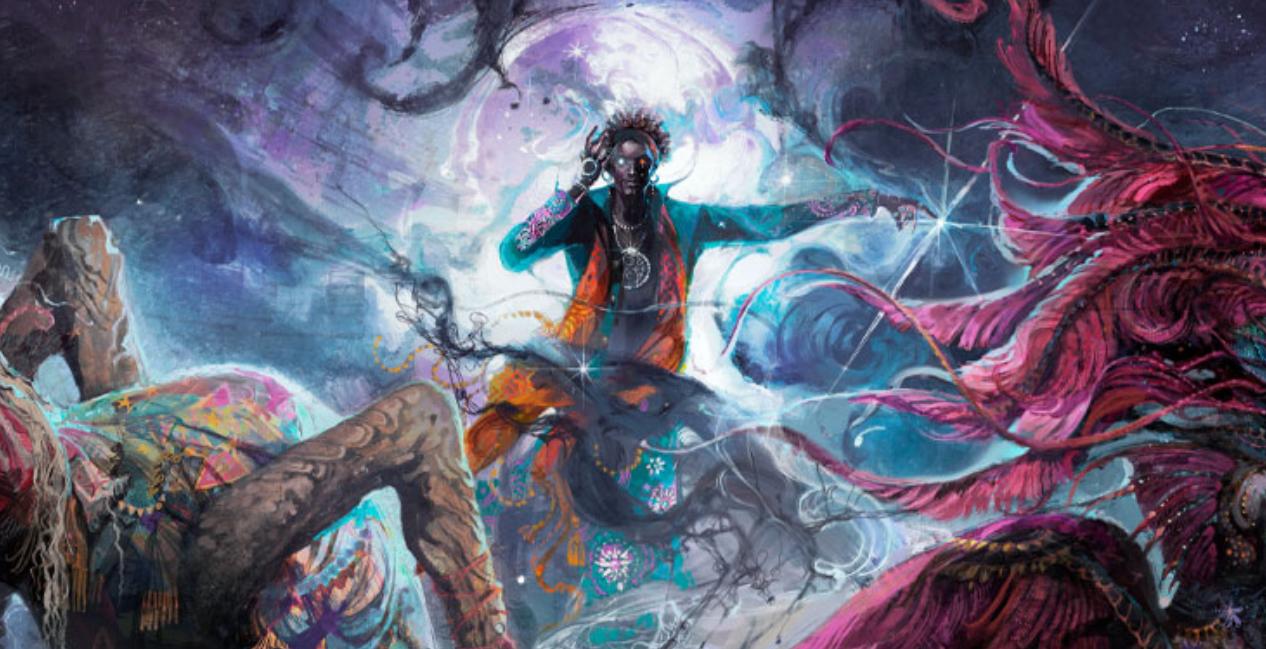
This myth is one that everyone should know. Whether you learned about it from Supernatural or from the Blues (or Oh! Brother Where Art Thou, if I’m honest), the Devil at the Crossroads is deeply tied to the South. From the song “The Devil Went Down To Georgia” to the story of famed Blues musician Robert Johnson, the story is the same. Go to a crossroads at midnight, and the Devil will give you a wager to give you your deepest desires in exchange for your soul- a myth inspired by Hoodoo.
Robert Johnson’s legacy in Blues and masterful guitar playing laid the stage for the rock’ n’ roll that would come decades after him. The myth of Johnson is that he went to the crossroads as a mediocre guitar player, went to the crossroads, and sold his soul to become the greatest guitar player to have lived. He’s an enigma with so little known about him, only two known photos and only 29 recordings. What is known is that Johnson’s life took him across the South from Mississippi to Tennessee and nearly every other state in the region, primarily playing throughout the Mississippi Delta.
Music in South of Midnight is core to creating the game’s atmosphere and making its story leap off the screen. So it’s only fitting that the last zone of the game is centered around performance. Only instead of the devil, Hazel meets Roux, and with him, we get a full performance inspired by the South’s image of the devil and what he can offer.
Haints
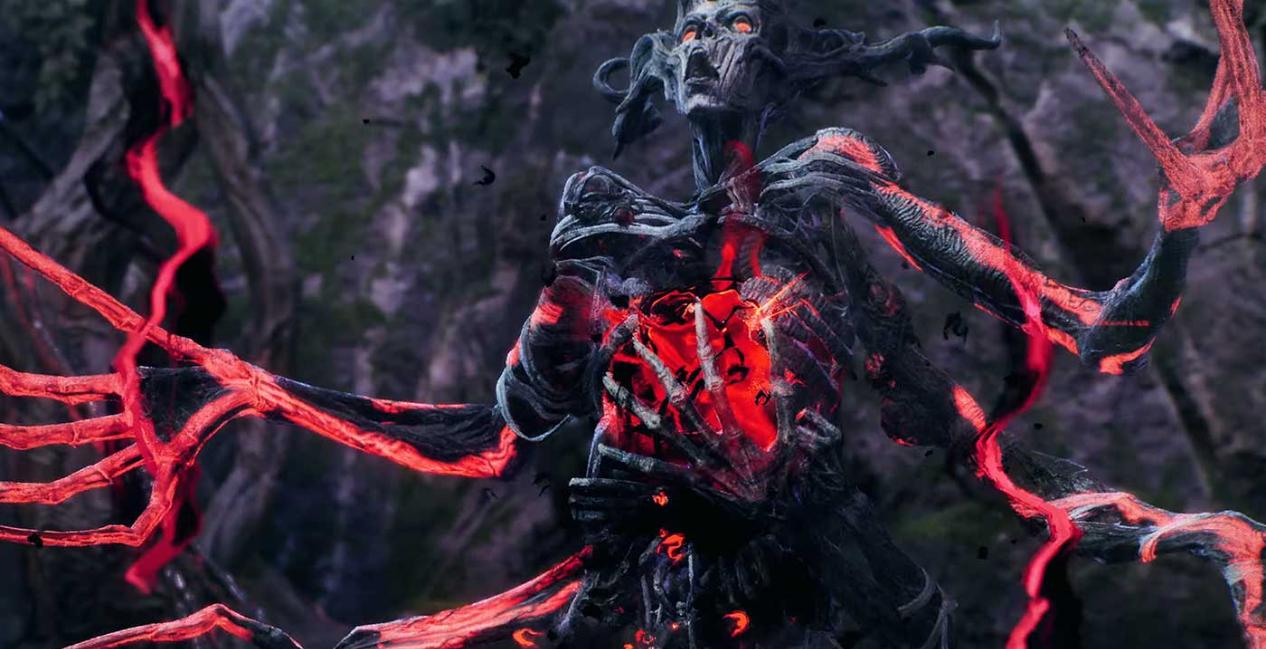
Connected to the Crossroads, Haints in Southern folklore are ghosts, or malevolent spirits believed to cause harm or misfortune. While the concept is pervasive across the Mississippi Delta, it’s also rooted in the Gullah culture. But where many musicians know the word is because of Robert Johnson, who was known to play the Blues in the cemetery at midnight; ultimately, to him and his mentor, that was how to do it. But to play the Blues, you had to play in a cemetery and wait for the Haints to wake up and teach you.
In South of Midnight, the Haints are the enemies you fight throughout the game, the twisted souls you have by unraveling and releasing the stigma they’re trapped in. This reflects the trauma and loss that they often represent in Southern art.
Haint Blue
One of the game’s most fascinating references to Southern culture, more particularly in folk religion, is how Compulsion Games has approached platforming and puzzle markers. Instead of yellow or white paint, the development team uses blue. The color is significant because, throughout the game, Hazel fights Haints, malevolent ghosts in Southern folklore. But Haint Blue keeps them at bay.
Haints are known not to cross water, so blue trims, ceilings, and doors are done to keep them away. In fact, if you go to any house with a porch in the South, you’ll notice the ceiling painted Haint Blue, though now, most folks believe it’s to keep birds and bugs away.
It’s a small piece of Southern folklore that comes from Gullah culture, and the attention to that detail is what floored me. While the references in the game are many, the small moments capture the team’s dedication to representing the world that people know and are often overlooked.
South of Midnight is available now on Xbox Series X|S and PC, and day one on Xbox Game Pass.

